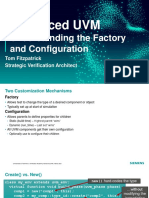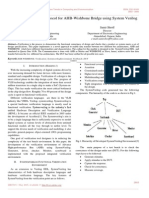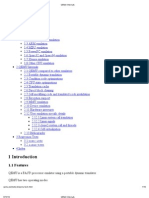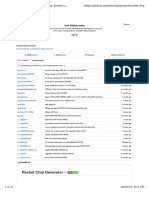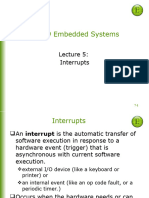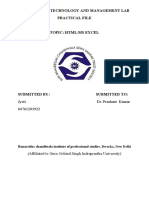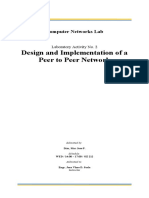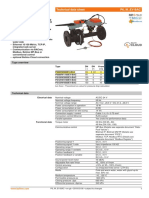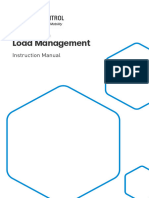0% found this document useful (0 votes)
335 views21 pagesRiscv Interrupts Handling 2018
The document discusses proposals to improve interrupt handling in RISC-V, including faster interrupt handling with support for nested preempted interrupts. It provides an overview of the current RISC-V interrupt model and its limitations. It then summarizes input from multiple proposals to address these limitations, such as adding prioritization and vectoring to the platform-level interrupt controller, and restructuring the interrupt handling mechanism to allow for preemption and faster interrupts on individual cores. Finally, it outlines some options for managing the state of preempted interrupts through hardware or software stacking of context.
Uploaded by
PriyamCopyright
© © All Rights Reserved
We take content rights seriously. If you suspect this is your content, claim it here.
Available Formats
Download as PDF, TXT or read online on Scribd
0% found this document useful (0 votes)
335 views21 pagesRiscv Interrupts Handling 2018
The document discusses proposals to improve interrupt handling in RISC-V, including faster interrupt handling with support for nested preempted interrupts. It provides an overview of the current RISC-V interrupt model and its limitations. It then summarizes input from multiple proposals to address these limitations, such as adding prioritization and vectoring to the platform-level interrupt controller, and restructuring the interrupt handling mechanism to allow for preemption and faster interrupts on individual cores. Finally, it outlines some options for managing the state of preempted interrupts through hardware or software stacking of context.
Uploaded by
PriyamCopyright
© © All Rights Reserved
We take content rights seriously. If you suspect this is your content, claim it here.
Available Formats
Download as PDF, TXT or read online on Scribd
/ 21




